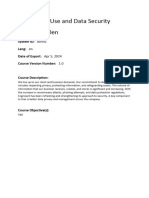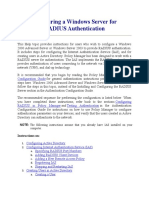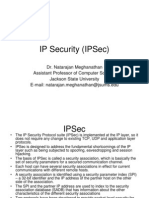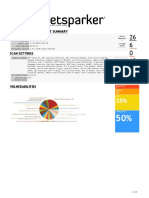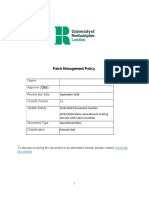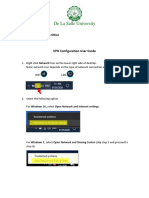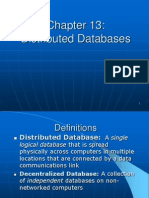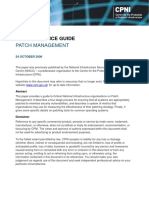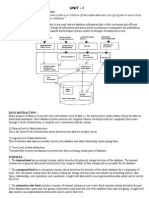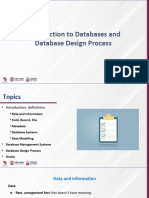0% found this document useful (0 votes)
107 views5 pagesChapter 3-Install Database Patches
Chapter 3 discusses the importance of database patching, which involves applying updates to database management systems to address vulnerabilities, improve performance, and ensure stability. It outlines the patching process, types of patches, and factors to consider during installation, such as risk assessment, testing, and vendor compliance. The chapter emphasizes the necessity of a structured patch management strategy to maintain security and compliance in database systems.
Uploaded by
tonny odhiamboCopyright
© © All Rights Reserved
We take content rights seriously. If you suspect this is your content, claim it here.
Available Formats
Download as DOCX, PDF, TXT or read online on Scribd
0% found this document useful (0 votes)
107 views5 pagesChapter 3-Install Database Patches
Chapter 3 discusses the importance of database patching, which involves applying updates to database management systems to address vulnerabilities, improve performance, and ensure stability. It outlines the patching process, types of patches, and factors to consider during installation, such as risk assessment, testing, and vendor compliance. The chapter emphasizes the necessity of a structured patch management strategy to maintain security and compliance in database systems.
Uploaded by
tonny odhiamboCopyright
© © All Rights Reserved
We take content rights seriously. If you suspect this is your content, claim it here.
Available Formats
Download as DOCX, PDF, TXT or read online on Scribd
/ 5



